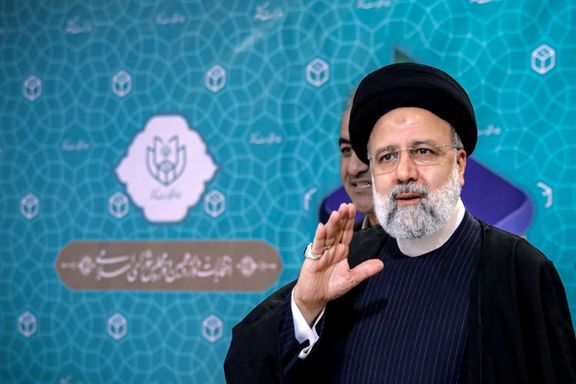President In Firing Line As Iran's Real Wages Plummet To Decade Low

During President Ebrahim Raisi's two-year tenure, Iran has witnessed a stark decline in the real value of wages, reaching its lowest point in ten years, reports Etemad newspaper.

During President Ebrahim Raisi's two-year tenure, Iran has witnessed a stark decline in the real value of wages, reaching its lowest point in ten years, reports Etemad newspaper.
In 2011, the real wage stood at $243, but it has since plummeted to a mere $88, marking a staggering 64% decrease over 12 years.
The concerning trend coincides with the closely linked issue of consumer purchasing power, heavily influenced by the fluctuating US dollar rate, currently at 600,000 rials. The anticipation of further depreciation of the rial in the upcoming year, poses a significant challenge, potentially eroding the minimum wage's value against the dollar.
Persistent inflation and a sluggish economy have severely weakened the purchasing power of average Iranians, pushing tens of millions into the category of "working poor." Experts indicate that the poverty line for Tehran residents hovers around 300,000,000 rials ($500) per month, approximately three times the current minimum wage.
Recent reports reveal that workers' wages now cover only about 60 percent of their monthly household expenses. Despite Article 41 of the Labor Law mandating the Supreme Labor Council to annually determine the minimum wage, the government maintains discretionary power to adjust wages based on its interests, sparking widespread labor protests in recent years.
While minimum wage increases aim to alleviate financial burdens for workers, concerns mount over their impact on overall business costs. Such hikes often lead to layoffs or reluctance in hiring new employees, further complicating the delicate balance between economic stability and workers' rights.